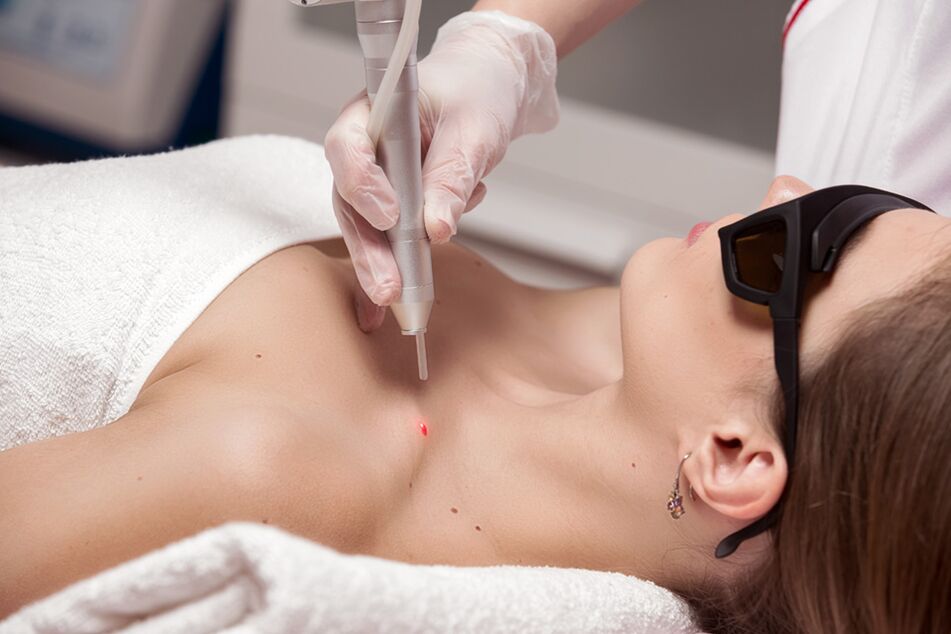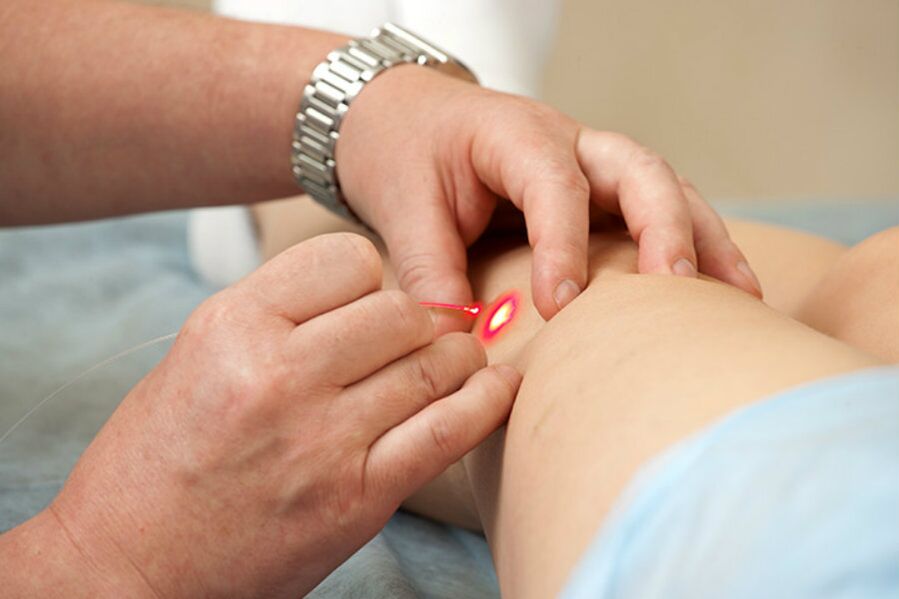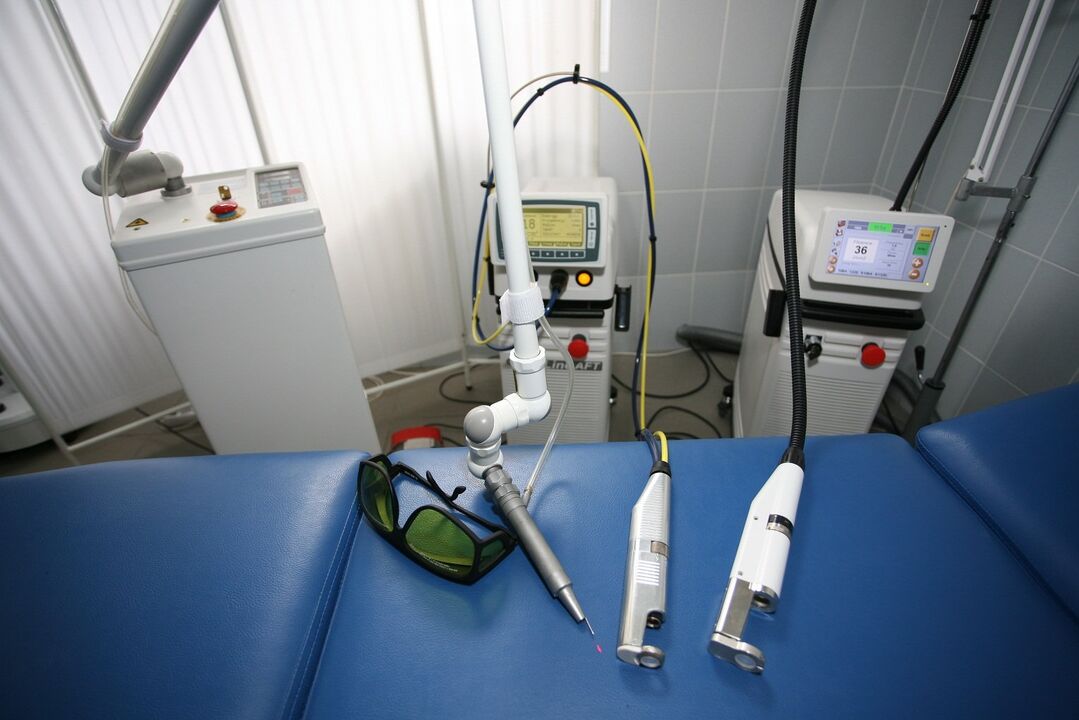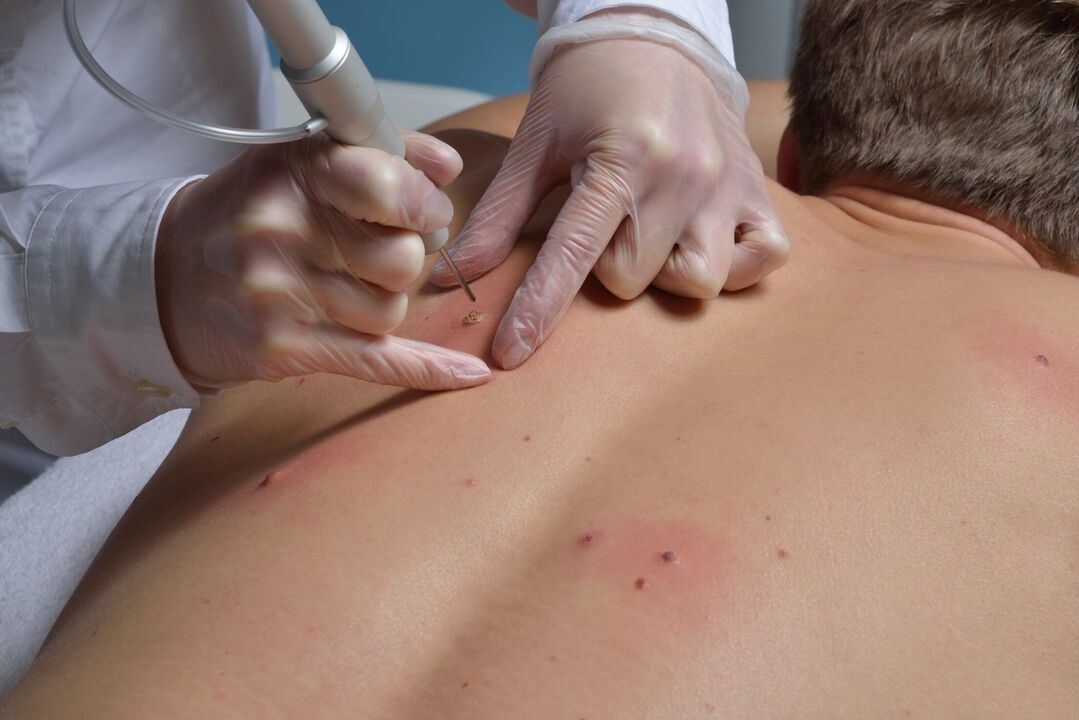The clinical presentation of human papillomavirus infection is represented by ugly wart formations on various parts of the body. Today, modern medicine and cosmetology offer various methods for the removal of such tumors. But the most effective way is laser wart removal, which is indicated for both adults and children.
The evidence is that through many reviews, benign skin formations are burned with laser painlessly and quickly. For this procedure, modern equipment is used, which allows you to precisely adjust the required depth of treatment of tissues damaged by the growth of warts. This eliminates recurrence and the formation of ugly scars.
What is the purpose of laser wart removal?
On any part of the human body, warts can be burned with a laser. These procedures are performed in specialized medical centers with the support of high-tech equipment by highly qualified specialists. This method is considered particularly effective when it comes to removing the following types of warts:

- plane;
- plantation;
- Normal.
If there are no contraindications, laser ablation of benign skin tumors is almost always indicated when the tumors are in conspicuous locations. This is due to the high aesthetics of the procedure. That is, after surgery, the healing takes place quickly and does not leave scars.
In addition, this method is indicated for cases where it is necessary to remove acne kernels in hard-to-reach places. This is directly related to the device features, making it easy to reconfigure any part of the body. With laser assistance, papillomas up to 5 mm in size are computerized. To remove large warts, electrocautery is recommended.
Advice! In children, warts can be removed by laser only after the child is 5 years old, and then only when such formations lead to discomfort. This is due to the fact that with the growth of the child and the restructuring of the child's body, the growths can disappear on their own.
How is laser wart removal performed?
The laser wart removal procedure is painless and takes no more than 5-7 minutes. The event includes the following stages:

- Anesthetize. If the wart formation has affected a large area of skin, you will be given a local anesthetic. But usually, the use of a special numbing ointment or gel is enough to relieve the pain.
- Removed. A laser beam is directed at the wart and burns away the benign formation. There is absolutely no pain after the anesthetic and the patient feels only a slight tingling.
- Handling. Small wounds are treated with an alcohol-free antiseptic, instead a solution of potassium permanganate can be used. Then an antiseptic regenerative dressing is applied.
Advice! You should know that if the build-up has deep roots, the laser treatment will be resumed after a few months. This avoids recurrence.
For the removal of benign skin lesions, commonly, various CO2 surgical lasers are used. Often, they can be compared to a non-contact "scalpel". All operations are performed painlessly and with complete sterility due to the natural properties of the laser.

When the laser beam is directed at the wart-forming area, coagulation of the protein structures and layer-by-layer evaporation of the damaged tissue occurs. That is, after such treatment, all cells affected by the virus will die. The laser beam provides the ability to "weld" blood vessels along the edges of the wound, ensuring a bleeding-free surgery and ruling out infection.
Advice! You should know that for several weeks before laser wart removal, you should not sunbathe or go to the solarium.
Contraindications for laser wart removal
Before laser wart removal, it is necessary to undergo an examination to confirm the good quality of the skin formation. Usually, just a specialist examining the tissue under a microscope is enough, but if in doubt, a biopsy may be indicated.
Advice! It should be remembered that laser cauterization of malignancies is strictly prohibited.
In addition, there are other contraindications, namely:
- Pregnancy and lactation;
- Diabetes;
- Epilepsy and other diseases accompanied by convulsions;
- Immunodeficiency;
- The skin is hypersensitive and intolerant to anesthetics.
- Allergy to ultraviolet rays.
Advice! During pregnancy, you can only remove warts with a laser if they cause discomfort. This may be related to the growth or formation of plants in places of friction. In this case, it is better to exclude the use of anesthetics, so as not to harm the fetus.
Laser wart removal should be postponed if:
- Fever due to bacterial or viral infection;
- High Blood Pressure;
- Exacerbation of chronic diseases;
- Exacerbation of herpes.
Restrictions after removing warts
After laser wart removal, a small scab remains at the treatment site and there may be slight redness and swelling around the wound. Within a few days after the procedure, it is not recommended to take any action, namely:
- Forced removal, the crust formed after laser irradiation;
- Apply any medical or cosmetic products to the wound surface;
- Wipe the wound after performing water procedures.

In addition, it is important after laser skin nodules removal:
- Avoid prolonged exposure to sunlight until the wound has completely healed;
- Do not go to common places such as baths, saunas, or swimming pools.
- Avoid overheating the treated area or hypothermia.
Depending on the rules of recovery, you can count on the fact that the resulting crust will fall off on its own after about two weeks. Then, within a month, the skin will completely recover and leave no trace.
The only drawback of laser wart removal is the high cost of the procedure. But at the same time, the price completely depends on the size of the tumor, the depth of root penetration, and also on the location of the benign mass. In this regard, we can confidently say that in most cases, the removal of warts at the initial stage of their development is quite reasonable given its cost.

























